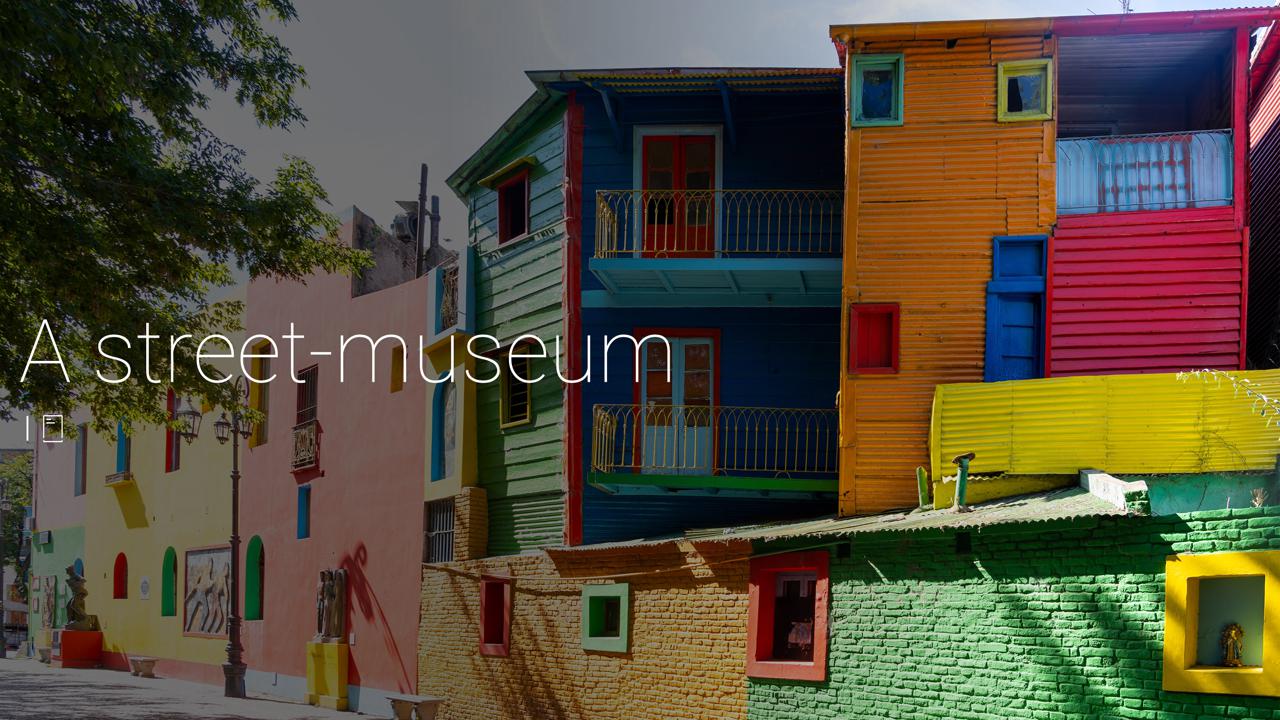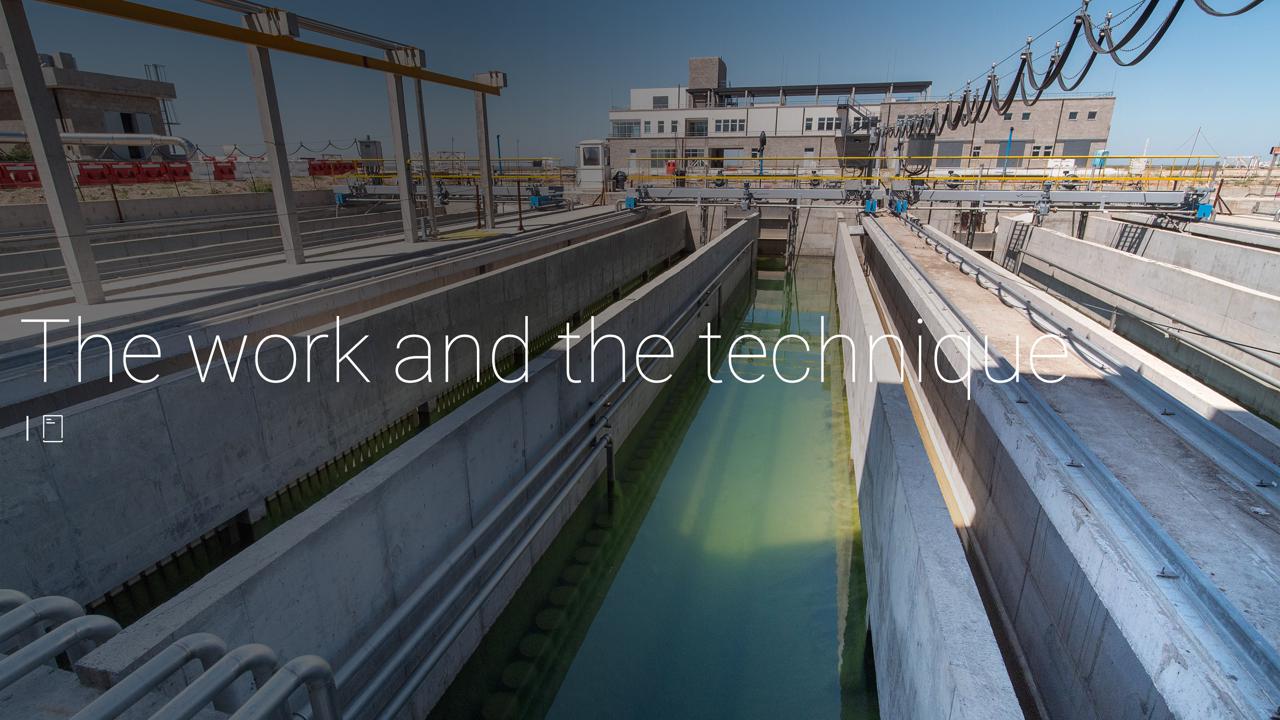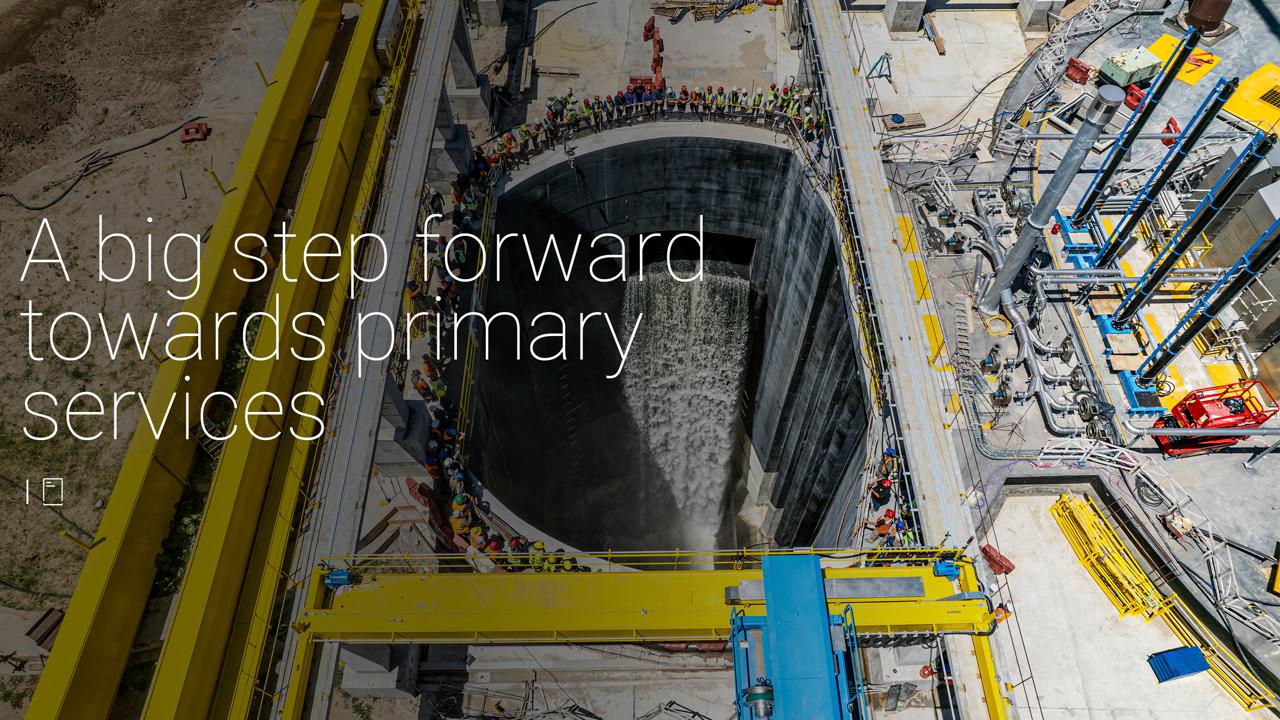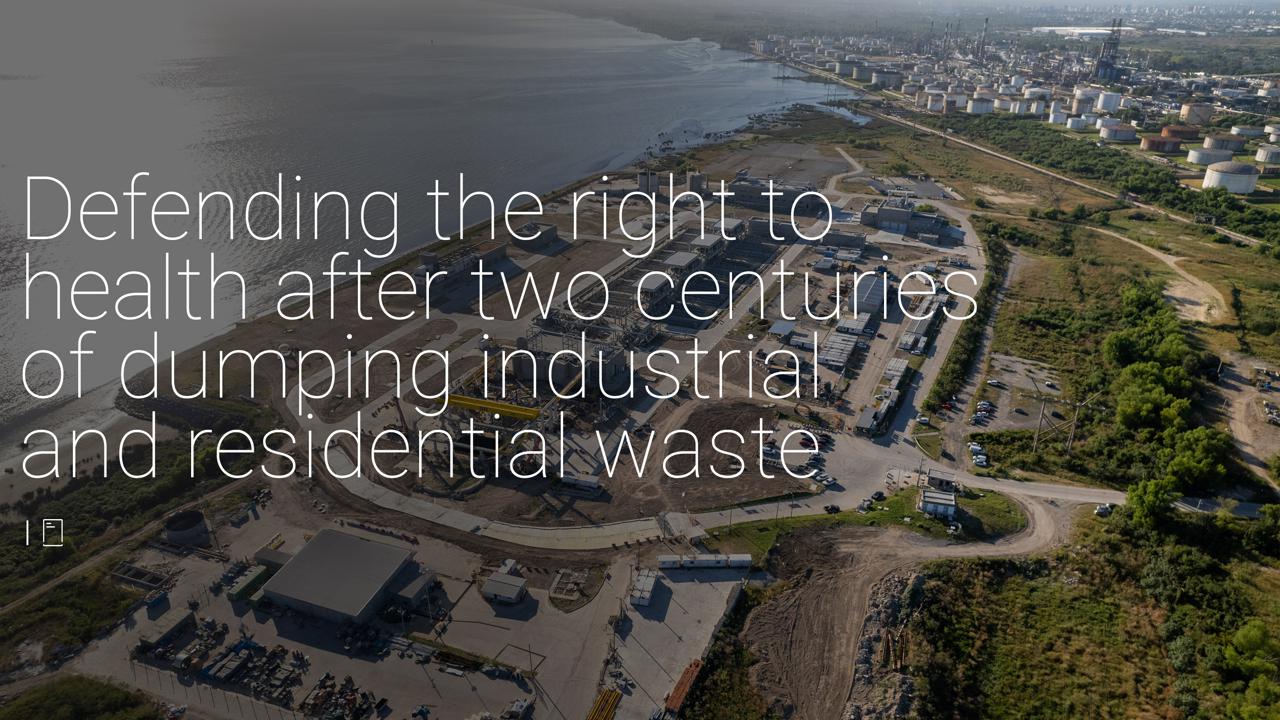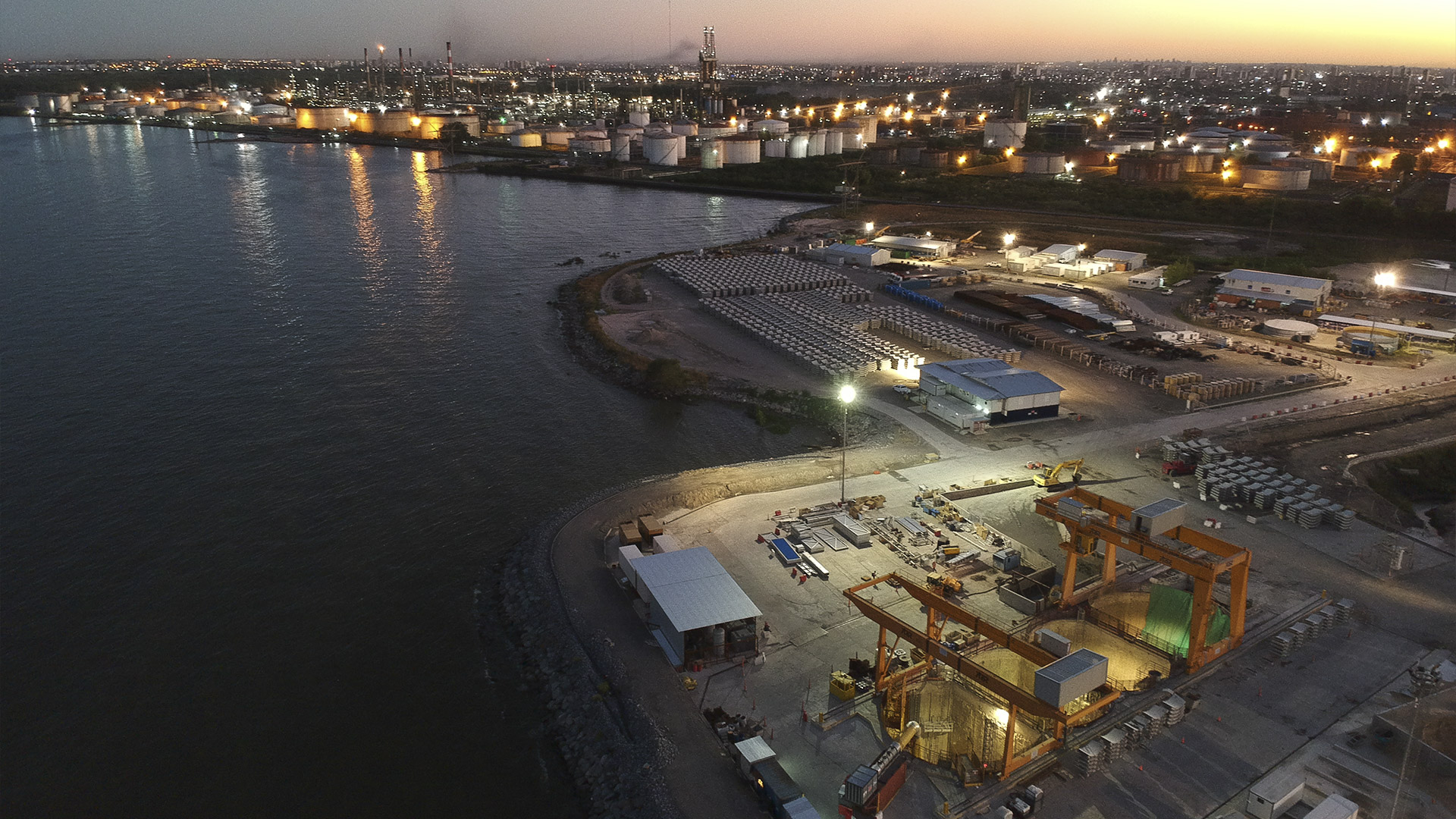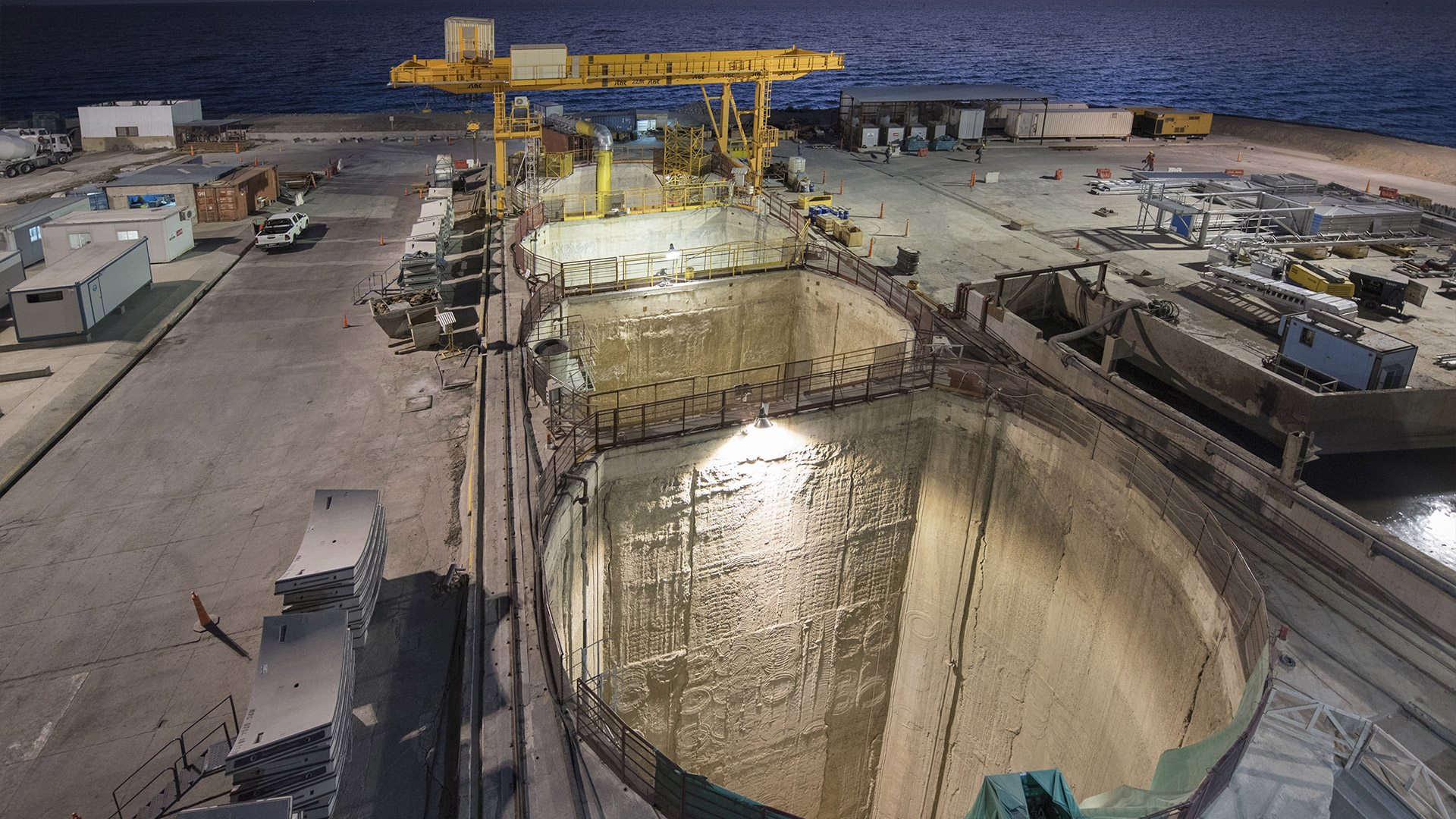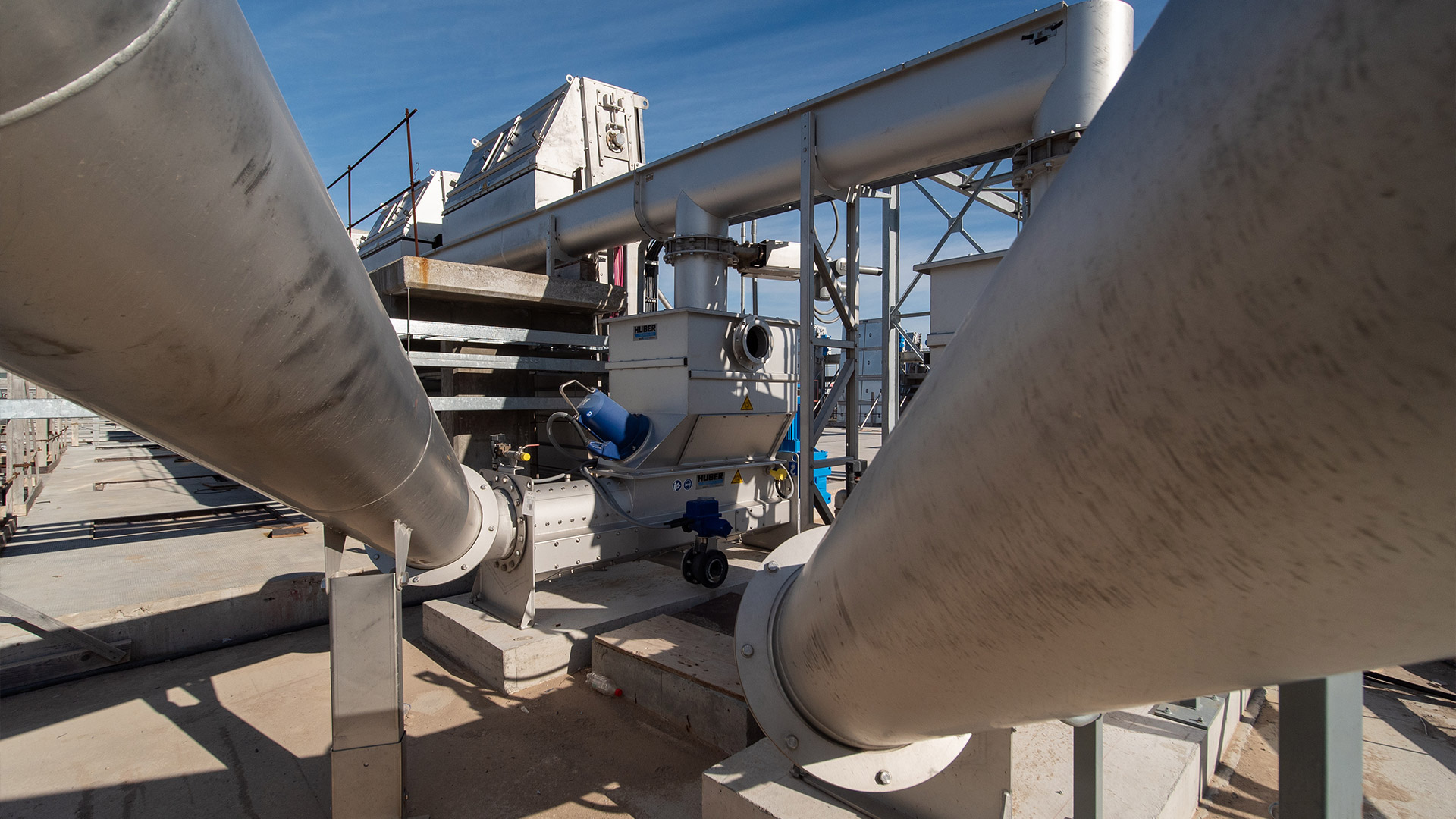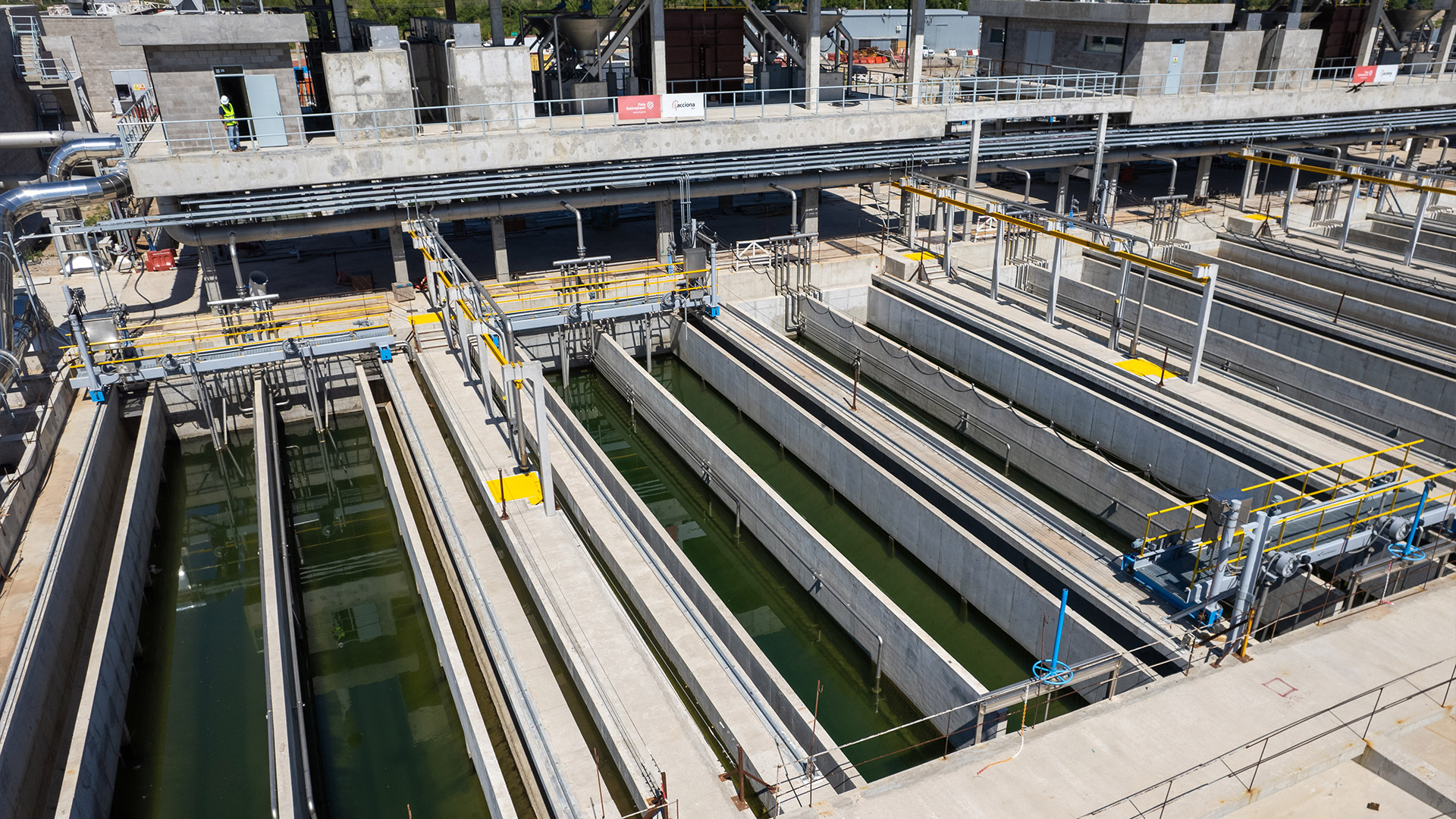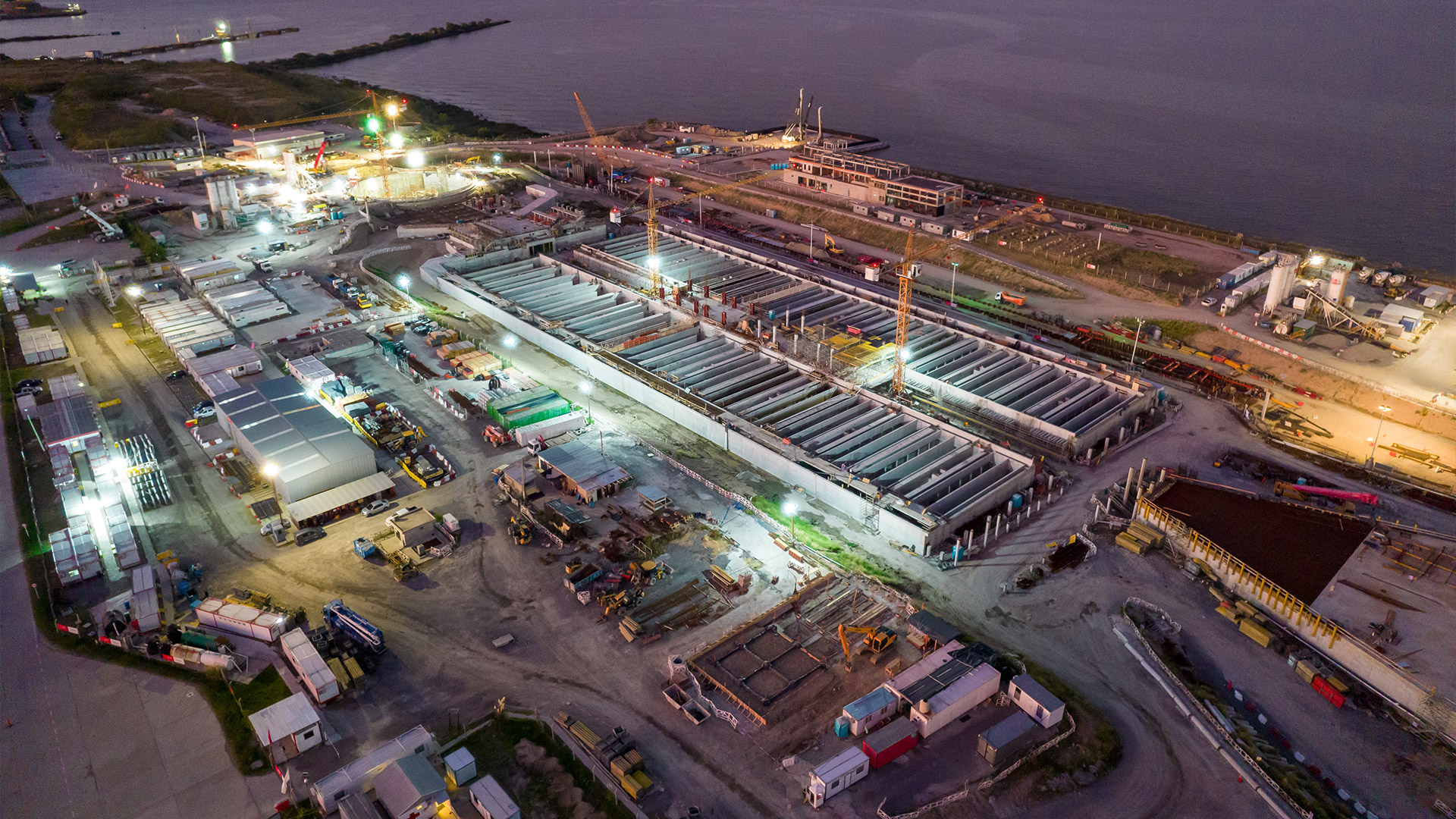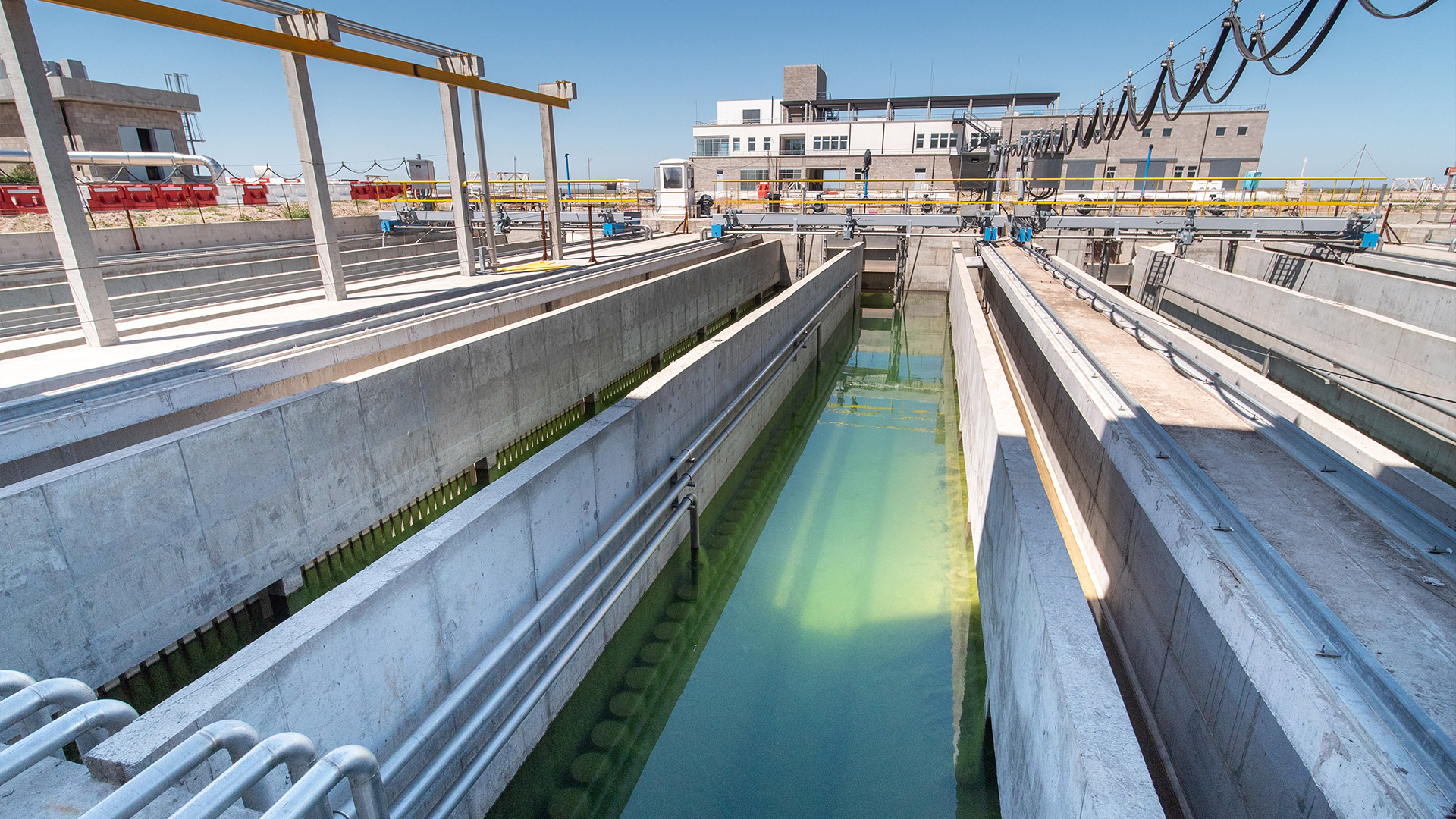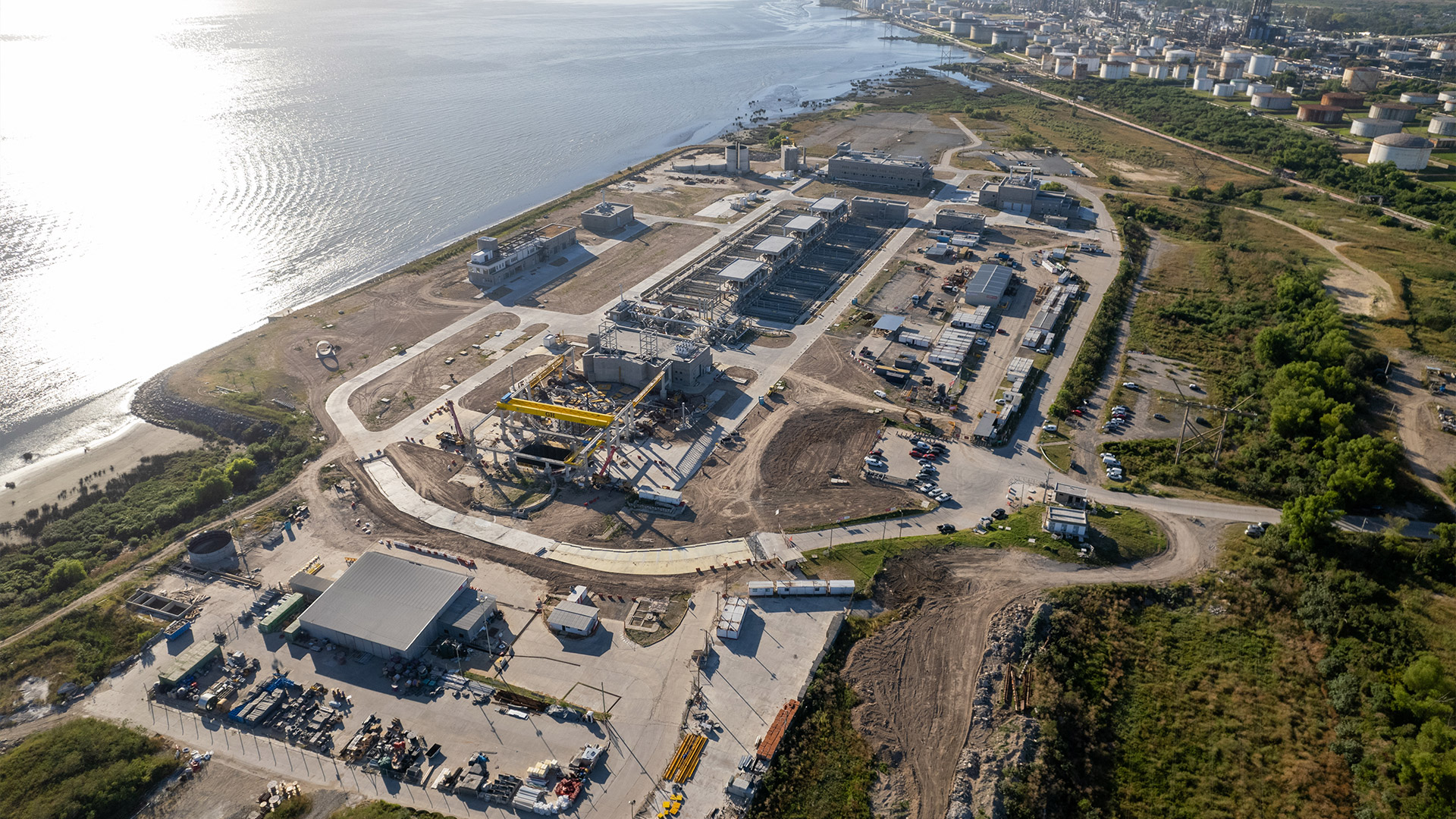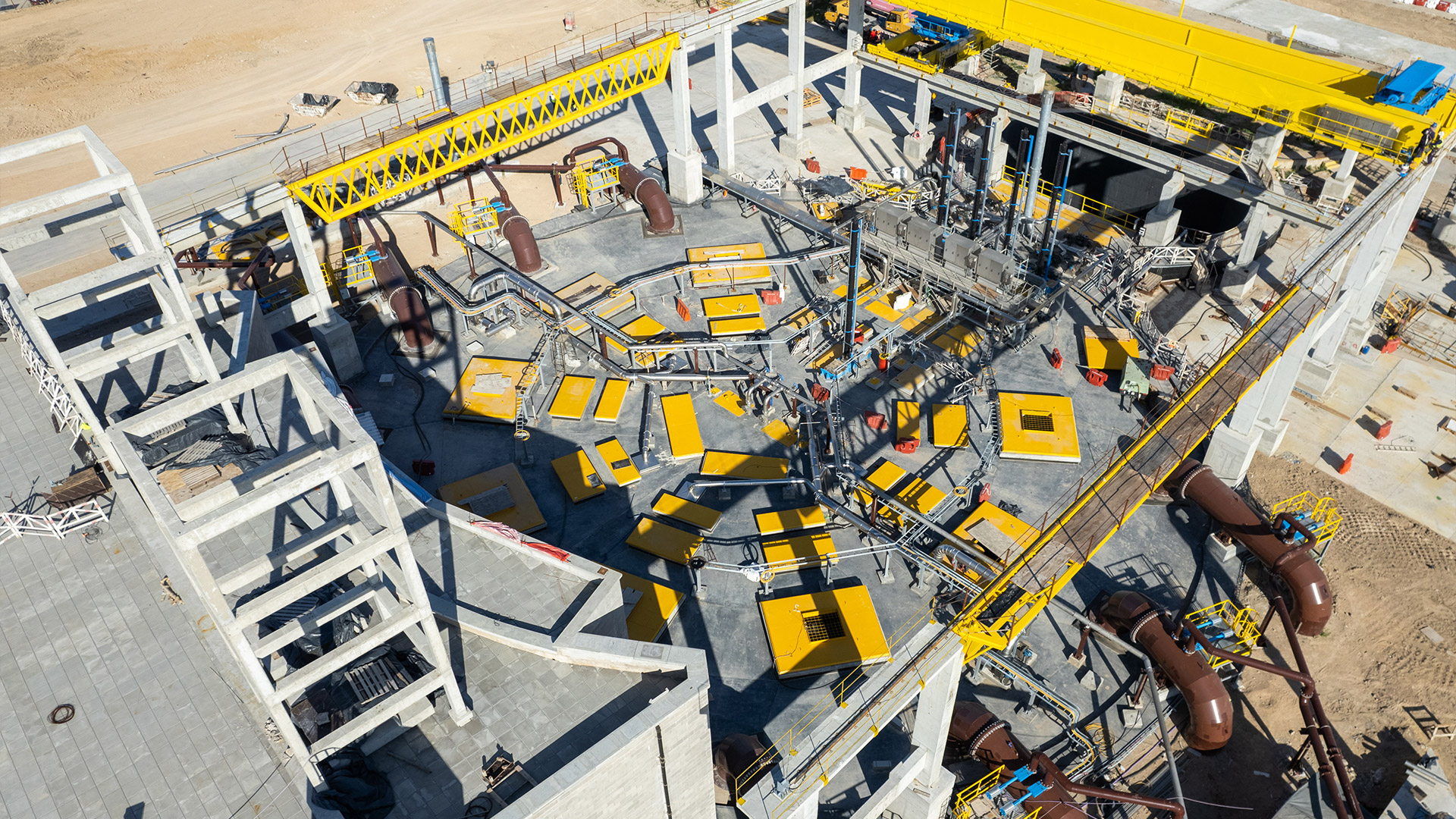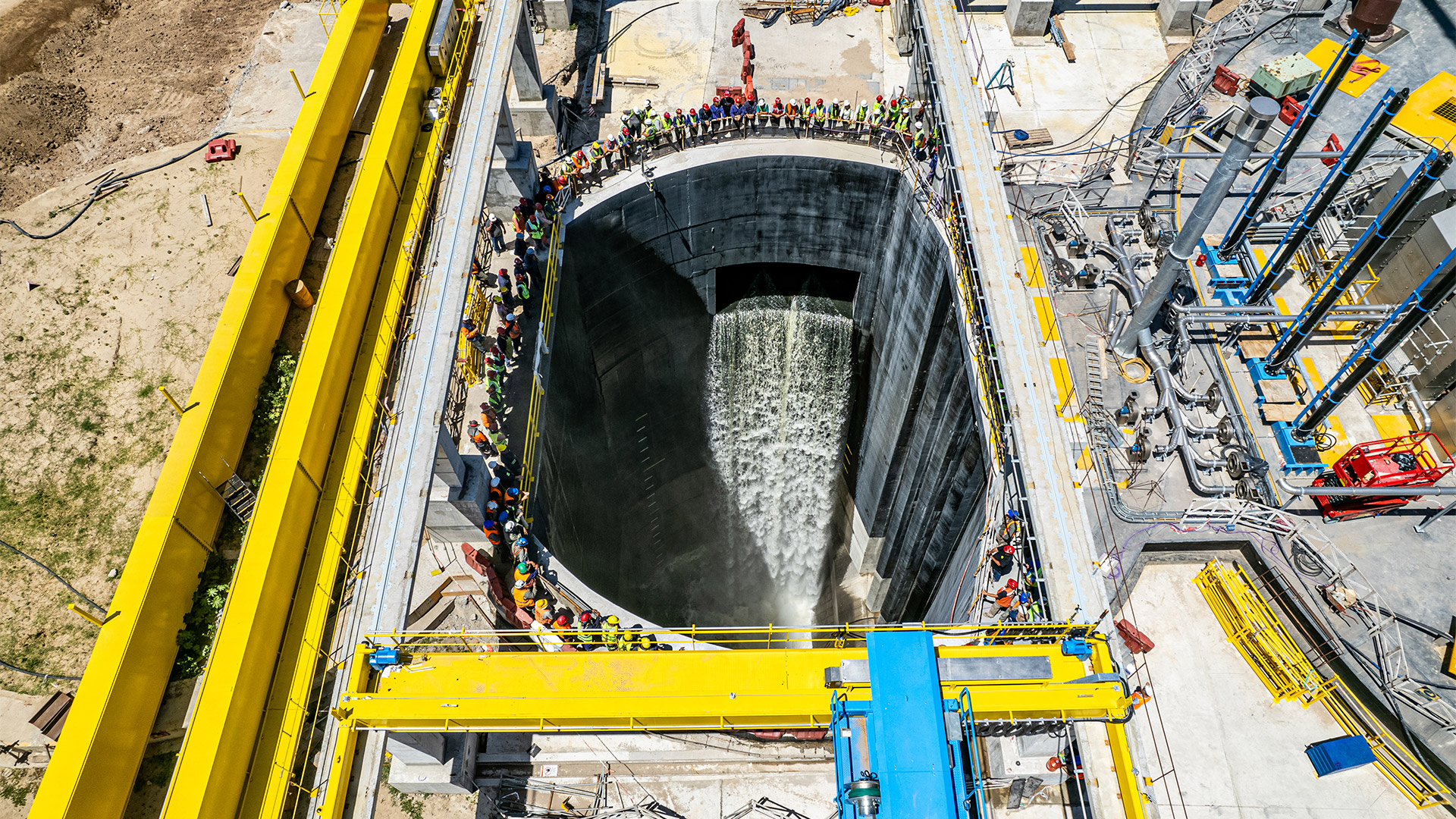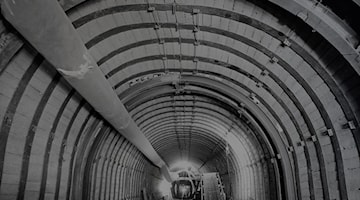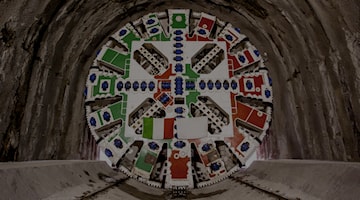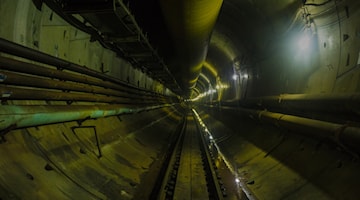Heartbeats under Rio de la Plata
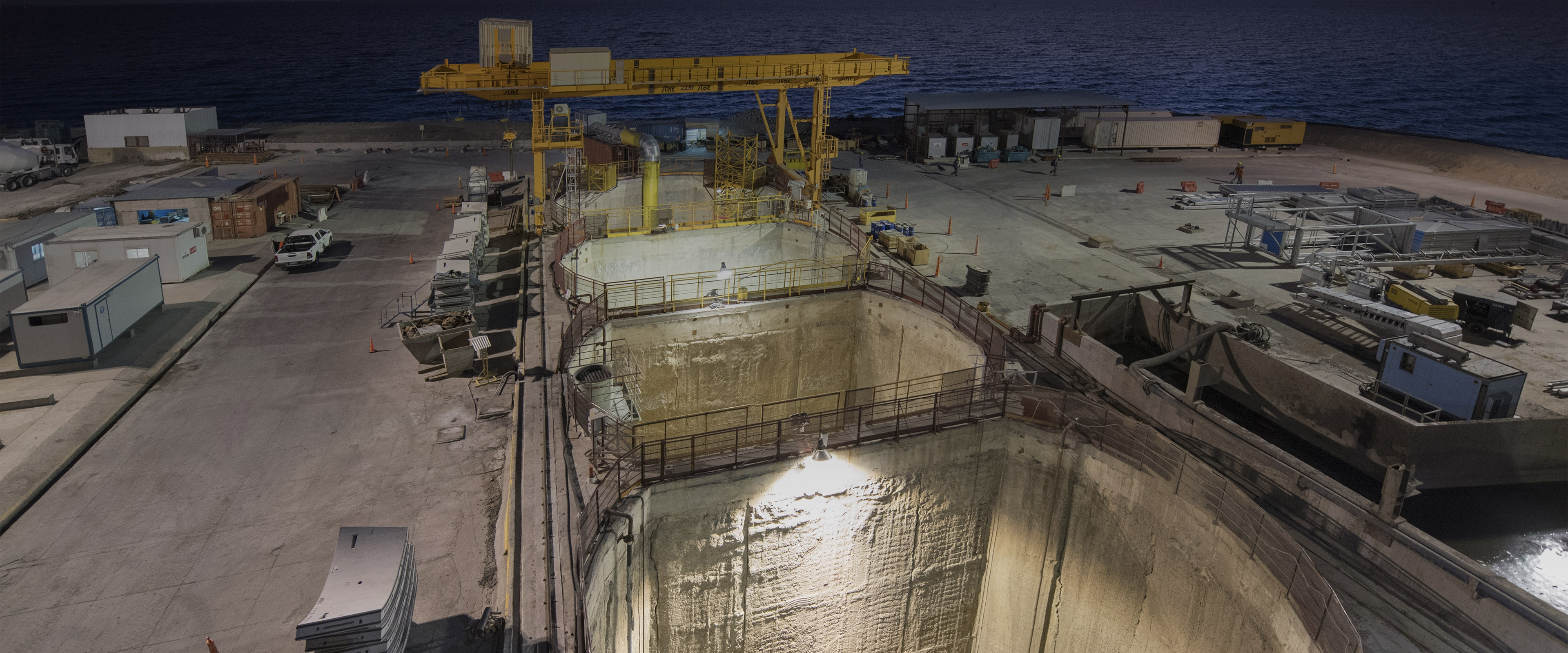
RIACHUELO ENVIRONMENTAL RESTORATION SYSTEM, ARGENTINA
Try to imagine more than four million people all together. Impossible? Maybe. That’s roughly the population of Rome — a city where crowds are a daily sight.
It’s also the number of people whose lives will be improved thanks to the Riachuelo environmental restoration system, which became operational in June 2025. The facility serves the entire metropolitan area of Buenos Aires — 14 municipalities — and, once fully operational, will be able to treat up to 2.3 million cubic meters of wastewater per day. It will also help expand the sewage network to reach an additional 1.5 million residents.
We think of this facility as a new beating heart of the city, one that will allow Buenos Aires to be at the forefront of the environment. And if there is a heart, arteries must also be present, and that is precisely what the extensive tunnelling network running some 27 meters deep under the Río de la Plata will serve.
For this mega project, Webuild was honored in September 2021 with the prestigious "Tunneling Award," known as the Oscar of Infrastructure. "We are particularly proud to have worked with the Argentine government, and the World Bank on this project, a symbol of sustainability for the country, with the goal of improving the quality of life and the environment for so many people," said Pietro Salini, Webuild Group CEO. "Because that's what infrastructure does: it improves the quality of life. “Innovation, sustainability, constructive engineering complexity, integrated approach and great teamwork. These were the key words that describe the Riachuelo Environmental Restoration System project for the Riachuelo and Rio de la Plata rivers."
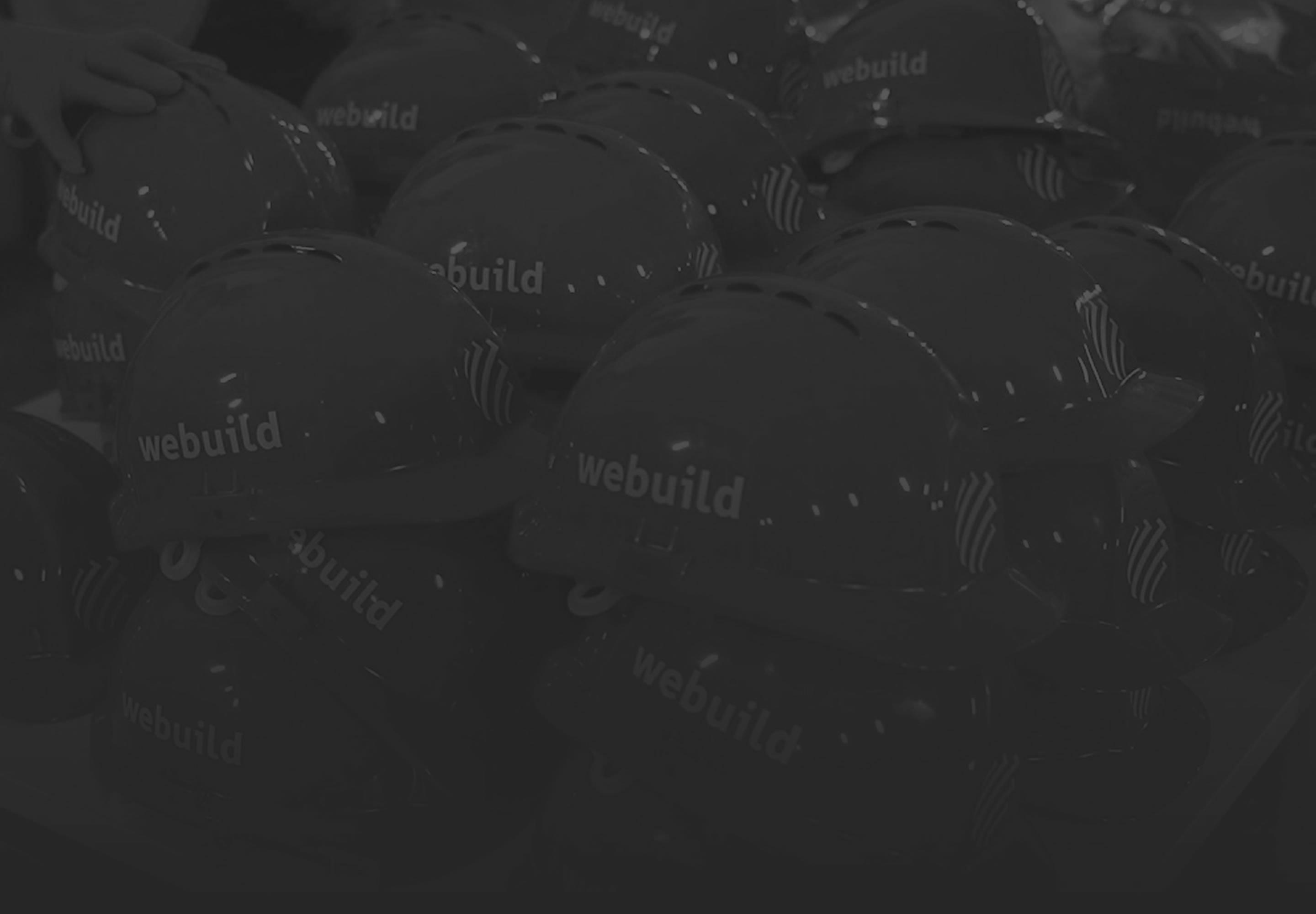
THE WORK AND THE TECHNIQUE
M² AREA CLEANED
M³ EARTH MOVED
M³ CEMENT
M³ CONCRETE
AySA (Agua y Saneamientos Argentinos S.A.)
Webuild Group (Lot 3), Fisia Italimpianti (Lot 2)
ITA Tunnelling Award 2021
In 2015, the Argentine government put out a tender for the Riachuelo System. The project, an integral part of the sewage network managed by AySA, is divided into three major lots.
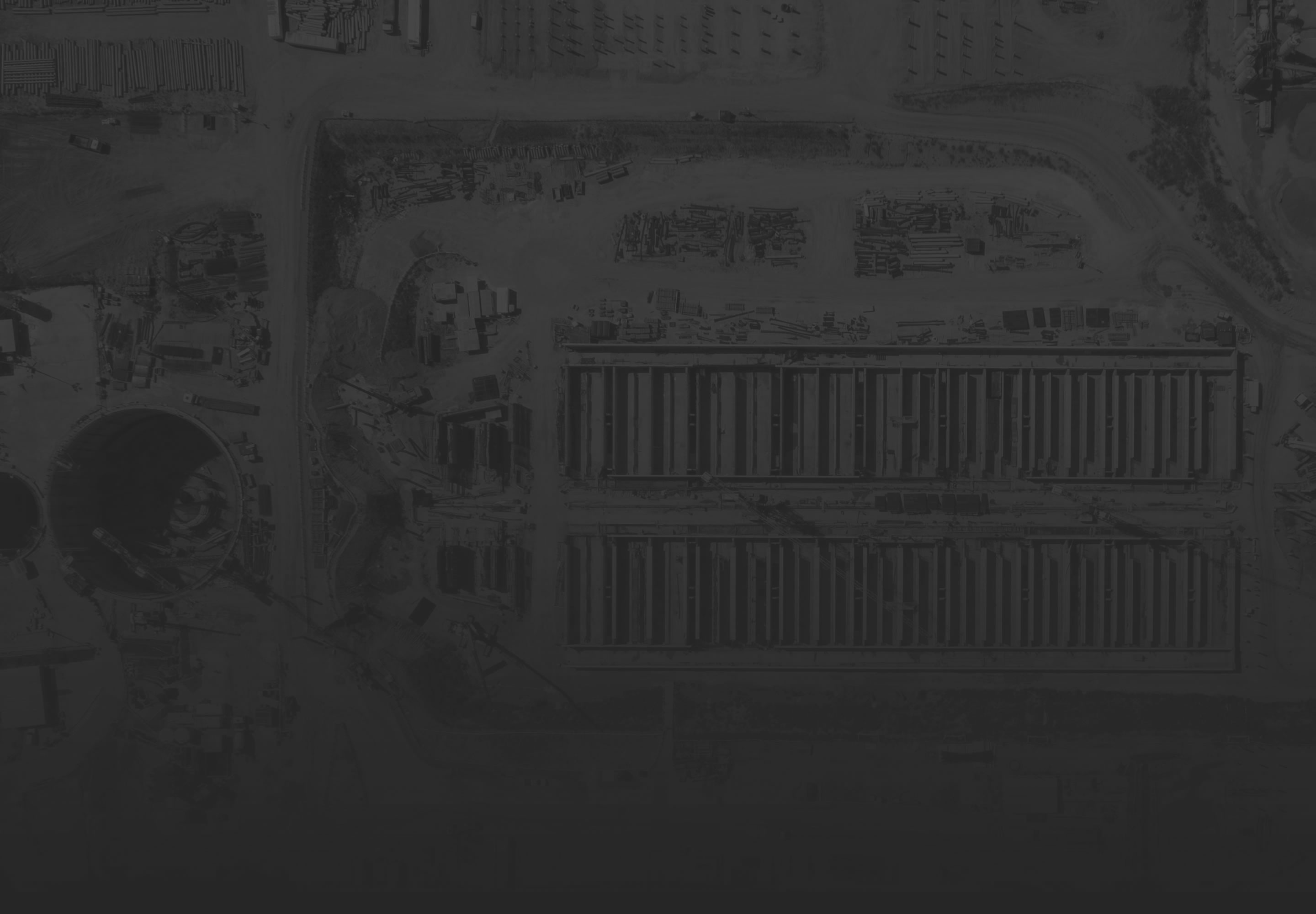
CULTURAL INSIGHTS
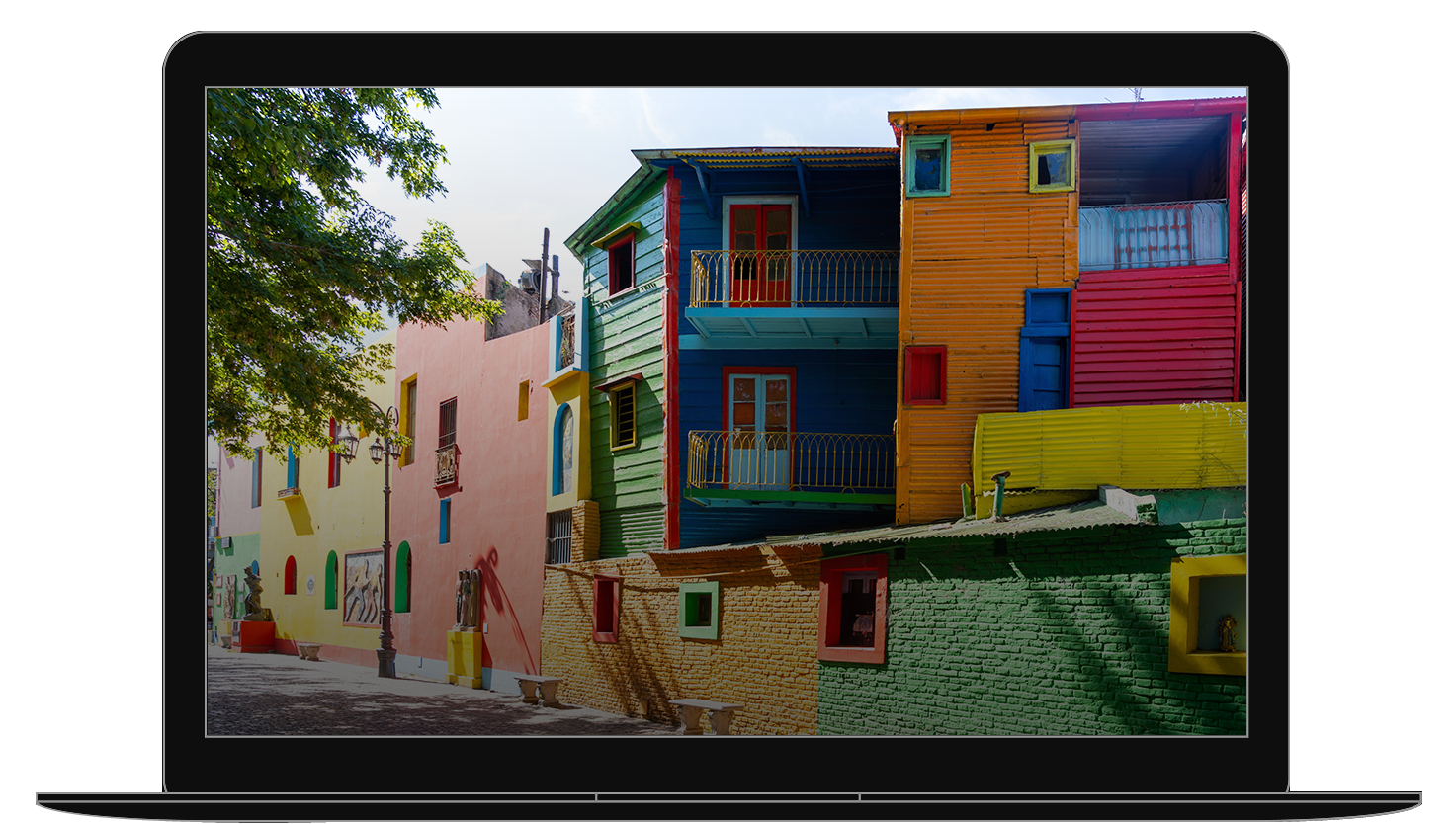
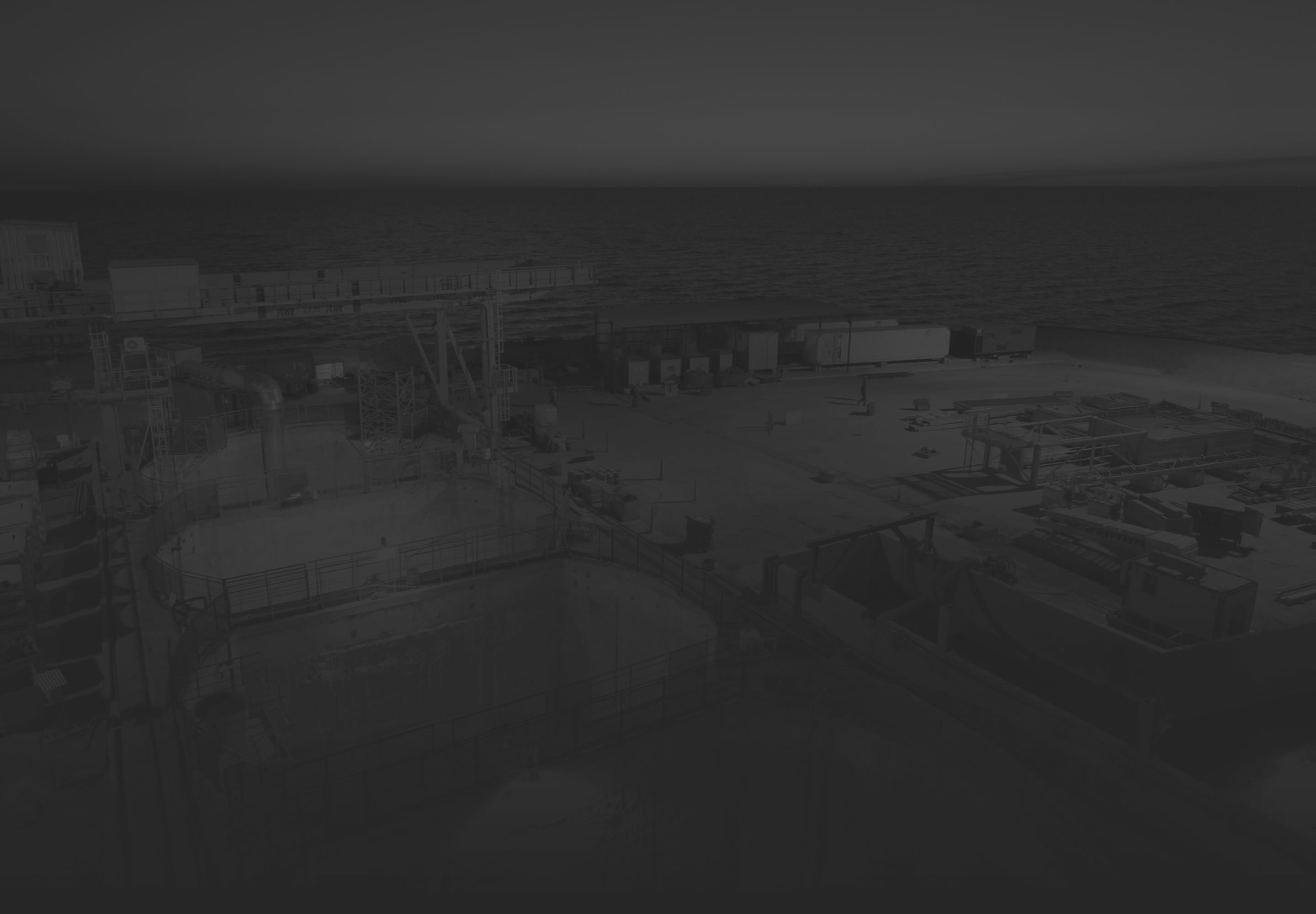
A big step forward towards primary services
The Riachuelo intervention concerns a densely populated urban area, which in today hosted 15.7million people, with different types of access to primary services.
According to data from the National Registry of Informal Settlements (RENABAP), updated in 2023, there are 1,903 informal neighborhoods registered in the Province of Buenos Aires. Between 40% and 60% of their residents live in conditions comparable to slums, often lacking basic infrastructure.
This explains why hundreds of thousands of people in the Buenos Aires metropolitan area still do not have access to drinking water or a water supply network, and live in homes without connections to sewage systems.
For these reasons, rehabilitating the Riachuelo means improving the quality of life for 4.3 million people — the number of citizens living near its banks — and restoring access to fundamental rights for millions who still live on the margins of society.
The Province of Buenos Aires registers 1,933 working class neighbourhoods; 15% of the population still lives in shanty towns, “villas”, and temporary shelter homes, almost always without basic infrastructure; this is why in the city's urban area 3.7 million people still do not have potable water, or do not have access to water, and 6.8 million live in homes without a system connecting to the sewage network. And why restoring the Riachuelo river also means improving the living conditions of 4.3 million people.
These are the number of people living near the riverbanks: 23% of residents of the urban area of Buenos Aires. It allows providing the primary essential living conditions to millions of people who still live at the margins of a civil society.
You could also be interested in

The tunnel and the
underground worlds
in culture





